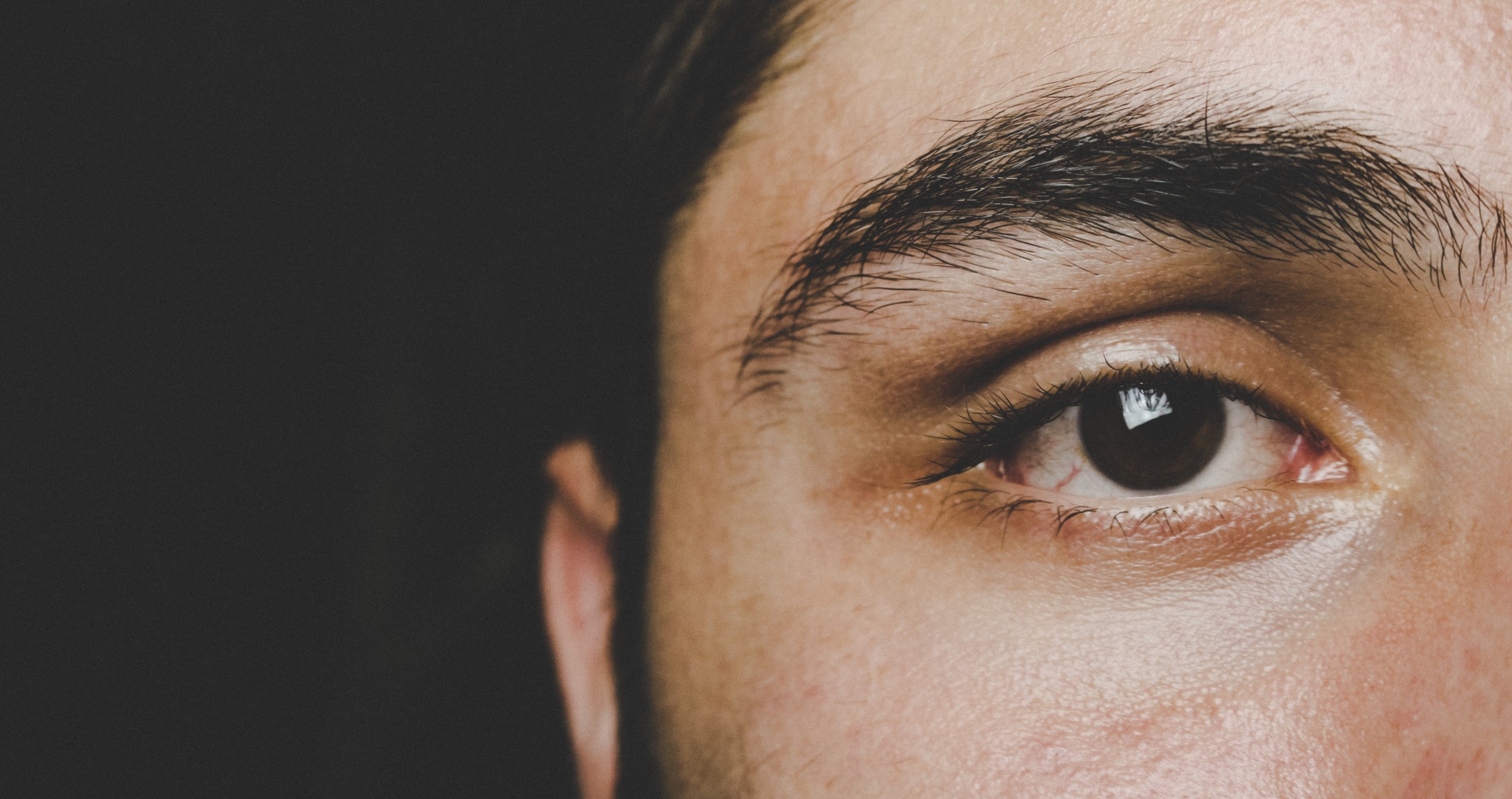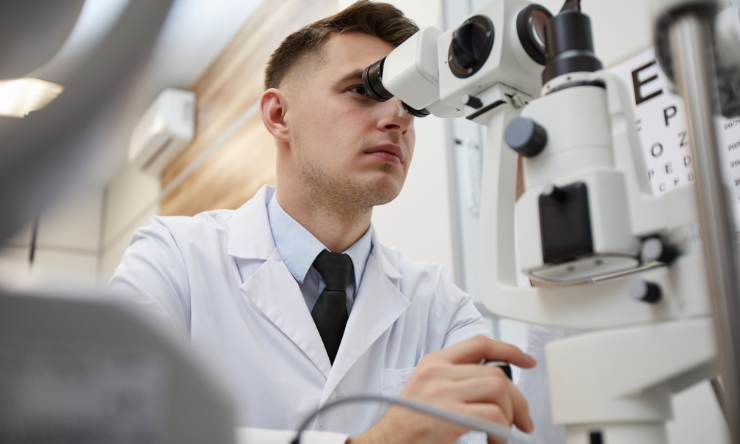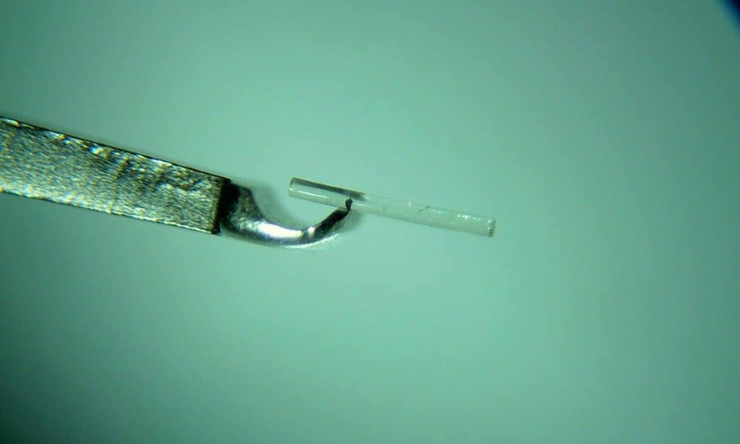Share
An iridotomy of adequate size placed anywhere in the peripheral iris will relieve the fluid pressure from behind it.

Traditionally, the iridotomies have been placed superiorly and under the lid area. However, some people see a shimmering light below where they are looking and this is called "dysphotopsia". It is not very common and is not dangerous, but can be annoying. In no way does it mean that the iridotomy is not doing its job. It is believed this occurs because of the bending of light by the tear meniscus acts like a prism giving a perception of light down below your line of sight. In my experience this occurs more in people with wide eyes and very expressive eyes where the lids moves up and down a lot.
Recently, there has been interest in whether moving the iridotomy placement from the traditional site to the side can reduce this side effect. A paired randomised study where they performed one eye superiorly and one temporally was published in 2014. The patients did not know where the iridotomy was in each eye. They reported a rate of dysphotopsia of about 10% in the superior placement and about 2% in the temporal placement. Both sites were safe, although in their study the temporal iridotomy hurt a bit more during the procedure. This reduction in photopsia has been reflected in my own experience.
The best position for the iridotomy should be individually assessed according to your individual eyelid position, this can be discussed with your treating doctor.
References
Vera V, Naqi A, Belovay GW, Varma DK, Ike K Ahmed I. Dysphotopsia following Temporal versus Superior Laser Peripheral Iridotomy: a Prospective Randomised Paired Eye Trial. American Journal of Ophthalmology (2014), doi: 10.1016/j.ajo.2014.02.010.



